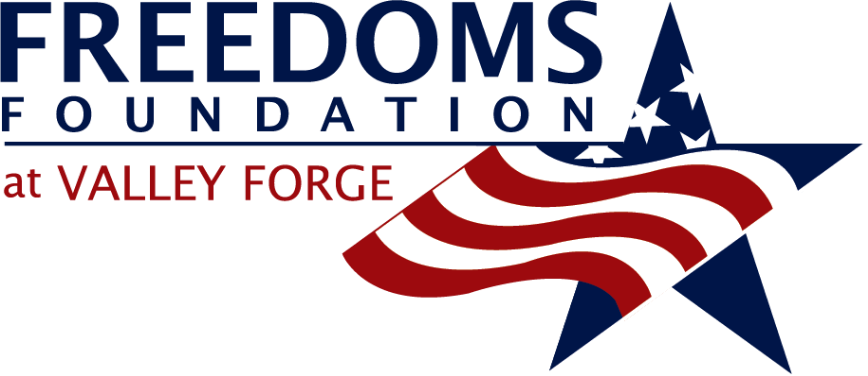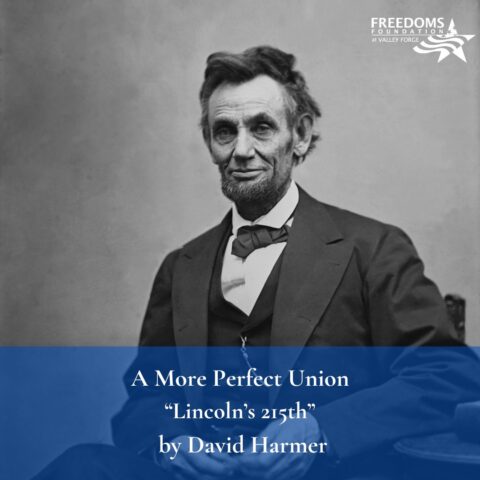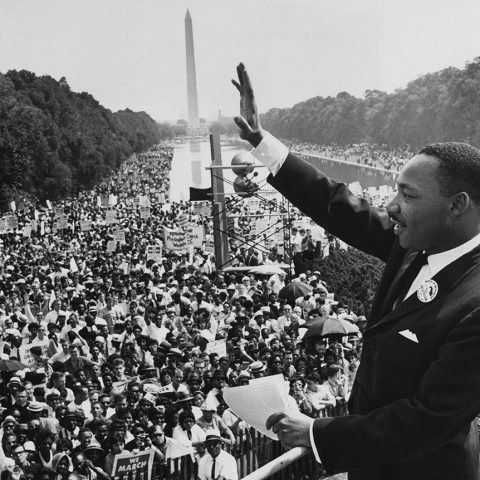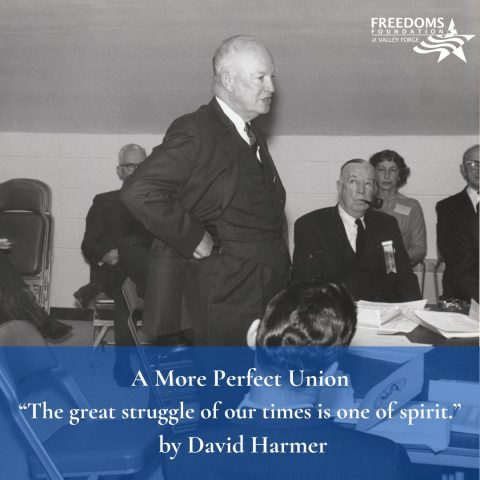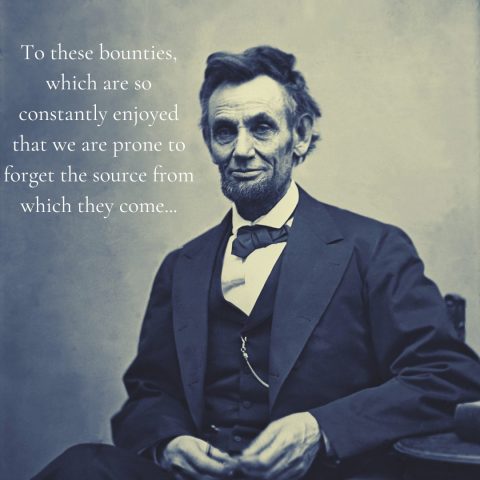A New Nation, Conceived in . . . Slavery?

By David Harmer
July 1, 1863: Emboldened by Confederate victories, Robert E. Lee’s Army of Northern Virginia has ventured well above the Mason-Dixon line. Approaching Harrisburg, it threatens the Union’s industrial heartland and imperils Washington, D.C., from the north. Frustrated by the underperformance of the Army of the Potomac, President Lincoln has given command to George Meade, now in Taneytown, Maryland, 30 miles southeast of Lee.
Amid the rolling hills, lush meadows, and verdant woodlands of south-central Pennsylvania, near the Maryland border, roads from ten directions converge on Gettysburg. Neither army knows the precise location of the other, but they, too, are gradually converging.
The sun rises on Union General John Buford’s 2,500 dismounted cavalry, bivouacked a mile northwest of town along McPherson’s Ridge—not a mountainous ridge but a gradual rise, as if the earth, having inhaled, had held its breath. The ground Buford has chosen is high, but not impregnable.
It’s early, but already hot and humid, when his forward parties on Chambersburg Pike encounter a Confederate column advancing in force. Hopelessly outnumbered, Buford’s men can’t stop the advance, but they slow it, firing, retreating to new cover, firing again. Deftly balancing bravery and prudence, Buford drives skirmishing lines forward, deploys his limited artillery, and coordinates temporary stands on—followed by disciplined retreats from—first Herr’s Ridge, then McPherson’s Ridge, and finally Seminary Ridge, desperately needing reinforcements.
They arrive thanks to General John Reynolds, who hastens his men into position, issues crisp orders, dispatches messages to Meade, repeatedly gallops from the back of the column to the front lines, and is shot dead before noon.
What ensues is the bloodiest battle of the bloodiest war in American history. The Confederates win Day 1, but Union forces prevent a rout. Day 2 is a hard-fought draw. On Day 3, countless acts of self-sacrifice and valor culminate in Union victory. The Union suffers 23,000 casualties; the Confederacy 28,000—a third of Lee’s army. Never again will it mount an offensive.
Why did they fight so fiercely 159 years ago today?
South Carolina justified secession because free states “denounced as sinful the institution of slavery,” “permitted open establishment” of manumission societies, refused to enforce fugitive slave laws, and elected a president “whose opinions and purposes are hostile to slavery,” who “declared that that ‘Government cannot endure permanently half slave, half free,’ and that the public mind must rest in the belief that slavery is in the course of ultimate extinction.”[1]
Confederate Vice President Alexander Stephens explicitly repudiated America’s founding ideals, grounding the Confederacy in racism:
The prevailing ideas entertained by him [Jefferson] and most of the leading statesmen at the time of the formation of the old constitution, were that the enslavement of the African was in violation of the laws of nature; that it was wrong in principle, socially, morally, and politically. It was an evil they knew not well how to deal with, but the general opinion of the men of that day was that, somehow or other in the order of Providence, the institution would be evanescent and pass away. . . . Those ideas, however, were fundamentally wrong. They rested upon the assumption of the equality of races. This was an error. . . .
Our new government is founded upon exactly the opposite idea; its foundations are laid, its corner-stone rests, upon the great truth that the negro is not equal to the white man; that slavery subordination to the superior race is his natural and normal condition.[2]
Contrast President Lincoln: “One section of our country believes slavery is right and ought to be extended, while the other believes it is wrong and ought not to be extended. This is the only substantial dispute.”[3]
It has been asserted that the United States was founded on a lie, that those who promulgated the Declaration of Independence never really believed that “all men are created equal . . . endowed by their Creator with certain unalienable rights.”[4] How, then, to explain the Civil War? Granted, this continent once hosted a new nation, conceived in slavery—but that was the Confederate, not the United, States of America.
In dedicating the battlefield as a cemetery, Lincoln explained why the Union fought: to vindicate the founding of “a new nation, conceived in Liberty, and dedicated to the proposition that all men are created equal.”[5]
_________________________________________________________________
[1] The people of South Carolina, by their delegates in convention assembled, Declaration of the Immediate Causes Which Induce and Justify the Secession of South Carolina from the Federal Union, adopted December 24, 1860.
[2] Alexander H. Stephens, Cornerstone Speech, Savannah, Georgia, March 21, 1861.
[3] Abraham Lincoln, First Inaugural Address, March 4, 1861.
[4] See, e.g., Nikole Hannah-Jones, “Our democracy’s founding ideals were false when they were written. Black Americans have fought to make them true.” 1619 Project, The New York Times Magazine, August 14, 2019.
[5] Abraham Lincoln, Gettysburg Address, November 19, 1863.
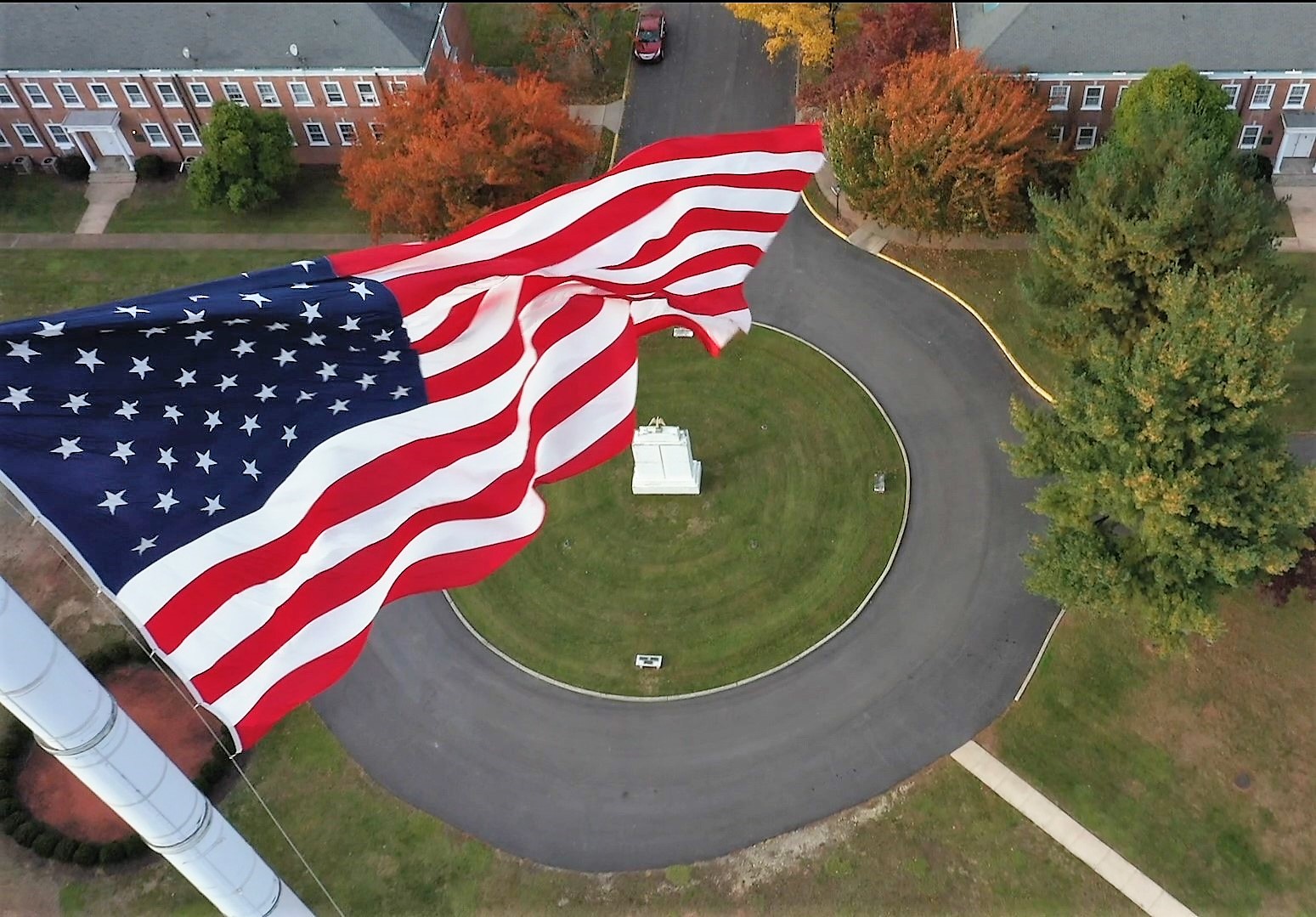
Donate Today
Supporting America’s first principles of freedom is essential to ensure future generations understand and cherish the blessings of liberty. With your donation, we will reach even more young people with the truth of America’s unique past, its promising future, and the liberty for which it stands. Help us prepare the next generation of leaders.
